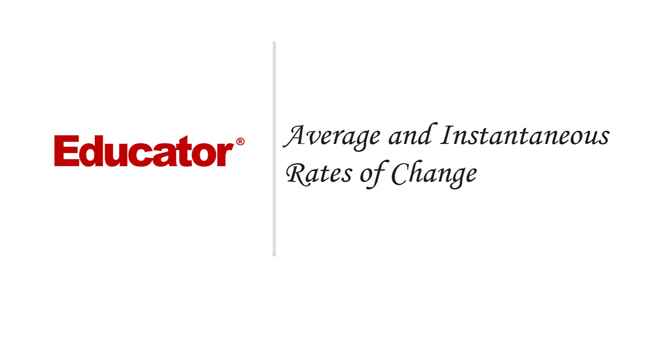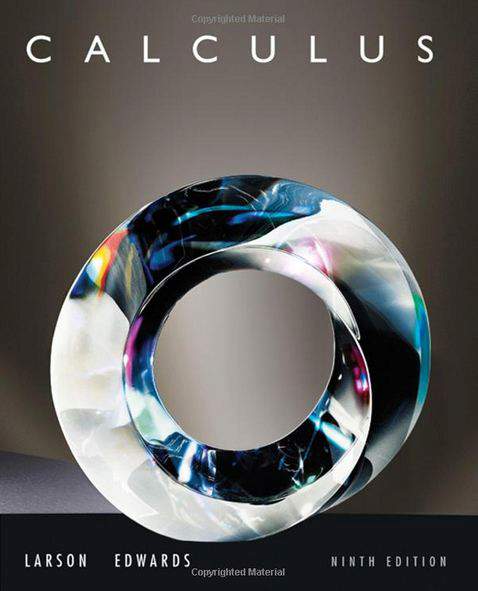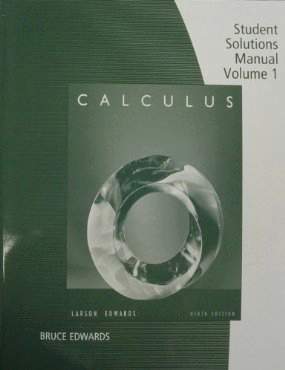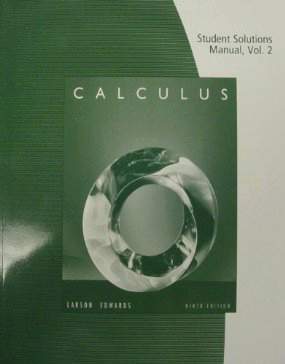Connecting...

This is a quick preview of the lesson. For full access, please Log In or Sign up.
For more information, please see full course syllabus of College Calculus: Level I
For more information, please see full course syllabus of College Calculus: Level I
College Calculus: Level I Average and Instantaneous Rates of Change
Lecture Description
In this lesson we are going to talk about Average and Instantaneous Rates of Change. First, we are going to talk about definitions of both average and instantaneous rate of change and see what are they in geometrical point of view. The Average Rate of Change function describes the average rate at which one quantity is changing with respect to something else changing. Instantaneous Rates of Change can be found by either taking a limit of average rates of change or by computing a derivative directly. Through several examples we are going to see how to find average rate of change and estimate the instantaneous rate of change.
Bookmark & Share
Embed
Share this knowledge with your friends!
Copy & Paste this embed code into your website’s HTML
Please ensure that your website editor is in text mode when you paste the code.(In Wordpress, the mode button is on the top right corner.)
×
Since this lesson is not free, only the preview will appear on your website.
- - Allow users to view the embedded video in full-size.
Next Lecture
Previous Lecture










































 Answer Engine
Answer Engine





0 answers
Post by Huseyin Kayahan on February 14, 2013
Calculations.. calculations... just put initial state of the problem, give the answer directly and let people do the calculations on their own.
And with the time saved here, put emphasis on "reasons", why do i need this, why is that, why that slope, a real world example of making use of this. People are here because they seek for something different in terms of teaching, but what I see here is exactly the same as I see in my regular college courses which I avoid attending.
0 answers
Post by Donald Bada on January 21, 2013
e is a pre-determined mathematical constant. Formally known as Euler's number the number e is approximately equivalent to 2.71828 which is the base of the "natural" logarithm and it is the limit of (1+1/n)^n as "n" approaches infinity... I hope this helps, somewhat.
2 answers
Last reply by: Dave Seale
Fri Aug 16, 2013 6:49 AM
Post by Laurine Laidlaw on July 21, 2012
I had the same question. WHERE DOES E COME FROM?
0 answers
Post by Gerard Howard on April 29, 2012
where did the value of e come from? I get the rest but not knowing where the value of e came from just throws the whole lesson out of perspective for me.